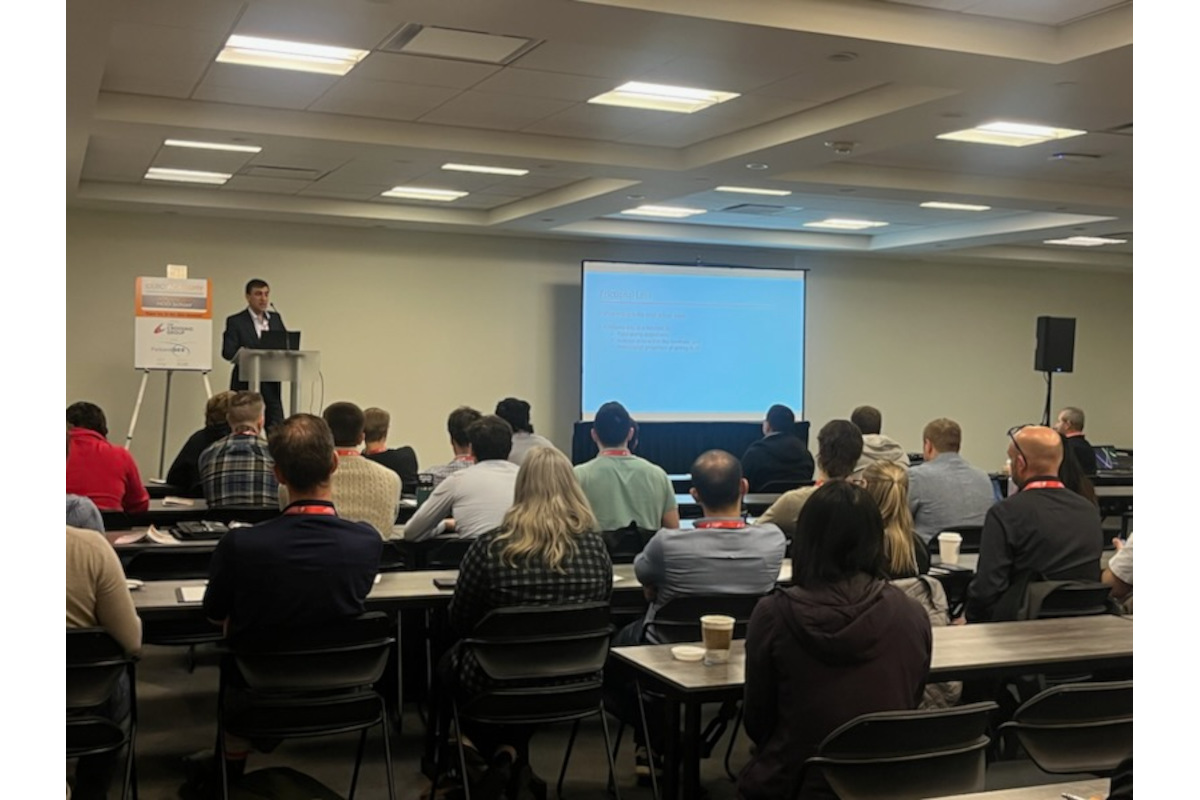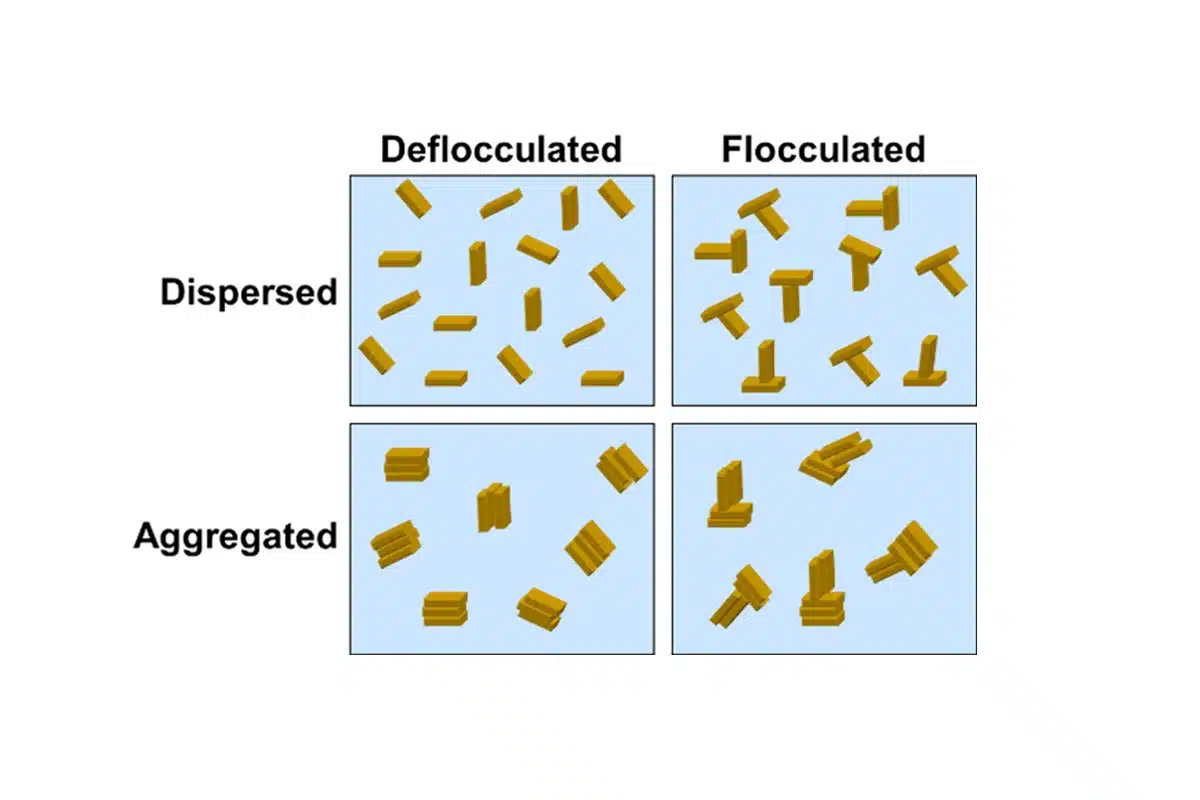DRILLMASTER Report
November 15, 2012
The HDD industry was born in the late 1980s and began to be accepted in the last five years of the century. As the young industry searched for acceptance, it faced multiple roadblocks. One of the most difficult proved to be the ability to bore and steer in hard soil and rock formations. Drilling and steering in soil had proven to be very effective but when encountering rock or rocky conditions, the standard practice was to just open-cut it because it was not possible to effectively steer or make direction changes with available dirt drilling technology. As a very young industry trying to prove itself as a standard underground installation method many very creative and inventive people were working diligently to overcome this roadblock.
While many different ideas were developed and tested, only a few were effective and came into acceptance. This article highlights those technologies so now 20-plus years into the industry’s life, operators can explore the options to be successful in any underground formation they encounter. These technologies are primarily focused on utility HDD systems rated at 100,000 lbs of pullback and less.
Hard Soil and Very Soft Rock
The most commonly used and effective technology used in this formation has been the modified slant nose technology known as a Railhead or Tri Hawk. While these are the most recognized trade names, there are numerous bits available from a wide variety of suppliers. This system uses a slant faced bit body with replaceable carbide teeth or picks to gouge and scrap the rock or soil. Steering is achieved by rocking the bit back and forth to carve a ramp in the direction needed to follow the planned bore path. This ramping or carving generally takes a skilled operator to be effective. Depending on the formation, it can also be very time consuming. Because of this, many newer HDD drilling units offer an automated carve type steering system to maximize effectiveness. It is available on the smallest unit up through the largest.
Hard Soil Through Medium to Hard Solid Rock
These formations or the combination of them is one of the most commonly encountered by utility HDD crews. In the earliest days of the industry, mud motors were used to complete these bores. Dual-pipe drilling systems were developed and introduced in the mid-1990s and have proven to be very effective and efficient in these formations. The surge of environmental concerns has allowed the lower drilling fluid flow characteristics of the dual-pipe drilling systems to answer these challenges. The last several years have seen air hammers introduced into the industry with some success.
Broken Rock and Cobble Formations
These formations have proven to be some of the most challenging. The fact that these formations are unstable and do not remain in place during drilling causes them to be difficult at best. It has been said that cobble or broken rock is difficult to cut because it tends to move as you advance through the formation. Cutting it and getting it to stay displaced into the formation is challenging but is possible. Dual-pipe drilling systems have been effective in these conditions and, therefore, are widely used in areas where these conditions exist.
Hard Solid Rock
Until recently, this formation has been drilled with rotary drilling equipment, including dual-pipe systems and mud motors. However, as the rock’s compressive strength approaches 30,000 psi (206 MPa) rotary drilling becomes less effective due to the penetration rate reduction and bit wear characteristics that drive costs higher. These rock formations favor air hammer technology because downhole impact drilling has improved effectiveness over the scrape and fracture practices of a roller cone or PDC bit used for rotary drilling. The biggest challenge with air hammers is steering them. Single pipe air hammers use a bent sub and moderately slanted bit for steering with oscillation or carve-type cutting action. Dual- pipe systems use a bent sub and the inner member for constant rotation.
In conclusion, HDD is an all-soils solution for installing underground utilities. The early shortcomings and limitations have been replaced by technologies that have broadened the effectiveness of smaller HDD systems, even in the most difficult conditions. Current operators have multiple choices to allow them to be successful in what used to be impossible.
Richard Levings is senior product manager at The Charles Machine Works Inc./Ditch Witch. All Drillmaster Reports are reviewed by the Drillmaster Advisory Board: Levings; Frank Canon, Baroid Industrial Drilling Products; Ron Lowe, Myers-Aplex, a Pentair Pump Co.; Tod Michael, Vermeer Corp. and Trevor Young, Tulsa Rig Iron.





Comments are closed here.